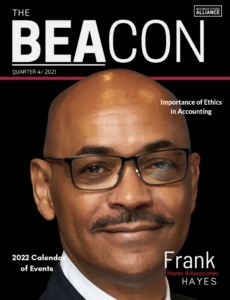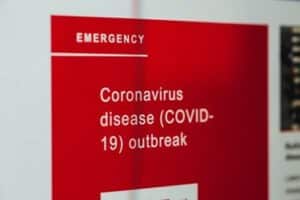Have you ever wondered how many teachers and educators spend their own money in the classroom? Well, the number is nearly all, with 95% of educators reporting their classroom budget didn’t cover their necessities in 2021. The Adopt A Classroom survey in June 2021 revealed that teachers spent an average of $750 of their own money to purchase school supplies in the 2020/2021 school year. Fortunately, for the first time in 20 years, the Internal Revenue Service is increasing the deduction limit for educators to spend on school supplies.
The Educator Expense Tax Deduction
The primary tax break for teachers is the Educator Expense Deduction. But before you ask, “How much can I claim for my expenses?” it is important to understand the two criteria you must meet to qualify for this tax break:
- You must be employed as a teacher, instructor, counselor, principal, or teacher aide for students in kindergarten through grade 12.
- You worked a minimum of 900 hours at a school that was certified by the state to provide elementary or secondary education. This includes public, private, and religious schools.
These criteria ensure that only primary and secondary school educators can qualify for this tax break. The first requirement prevents college professors and other post-secondary educators from qualifying. The second prevents homeschooling parents from qualifying for the Educator Expense Deduction.
How Much Can I Claim for Educator Expenses?
Teachers will now be allowed to deduct up to $300 of out-of-pocket classroom expenses in 2022, an increase from the $250 that has been set since the incentive began in 2002. The IRS stated that the limit will rise in $50 increments in the following years based on inflation adjustments. Eligible married educators who file a joint tax return can deduct up to $600 in qualifying expenses but are limited to only $300 a spouse. The limit is still $250 for those still filing 2021 taxes.
Qualifying Educator Expenses
Most of your classroom expenses as an educator qualify for the deduction, as long as it was purchased for the classroom, and you were not reimbursed by your school or a teacher’s union. The supplies must be “ordinary and necessary”, meaning they are items that are commonly accepted and used in a classroom. Some common deductible expenses include:
- Books
- Supplies
- Computer equipment, software, and services
- Supplementary materials used in the classroom
- Athletic equipment for physical education and health teachers
- Generally, any purchased item that is beneficial to students and the classroom
In addition, the Tax Relief Act of 2020 allows you to deduct expenses for supplies necessary to prevent the spread of COVID-19 in classrooms, including:
- Face masks
- Disposable gloves
- Disinfectants
- Hand soap and sanitizers
- Air purifiers
- Tape, chalk, or paint to mark off areas of social distancing
- Physical barriers like plexiglass
Other items can be eligible if the CDC recommends them. these expenses must have been incurred after March 12, 2020.
Tax Deductions for Continuing Education
As an educator, you may be eligible to deduct expenses associated with continuing education. To deduct expenses associated with continuing education as an educator, those expenses must be for education that maintains or enhances your job skills, or you must complete to maintain your occupation. However, this education can not be part of a program that may qualify you for a new line of work. Specific continuing education expenses you are allowed to deduct may include:
- Tuition
- Books
- Lab fees
- School supplies
- Transportation/travel fees
It is important to stay current on significant changes to tax deductions that may be available to you as an educator, but it can be tough to do it all yourself. If you have questions or need help finalizing your educator tax deduction list for the coming tax year, contact Hayes & Associates.







